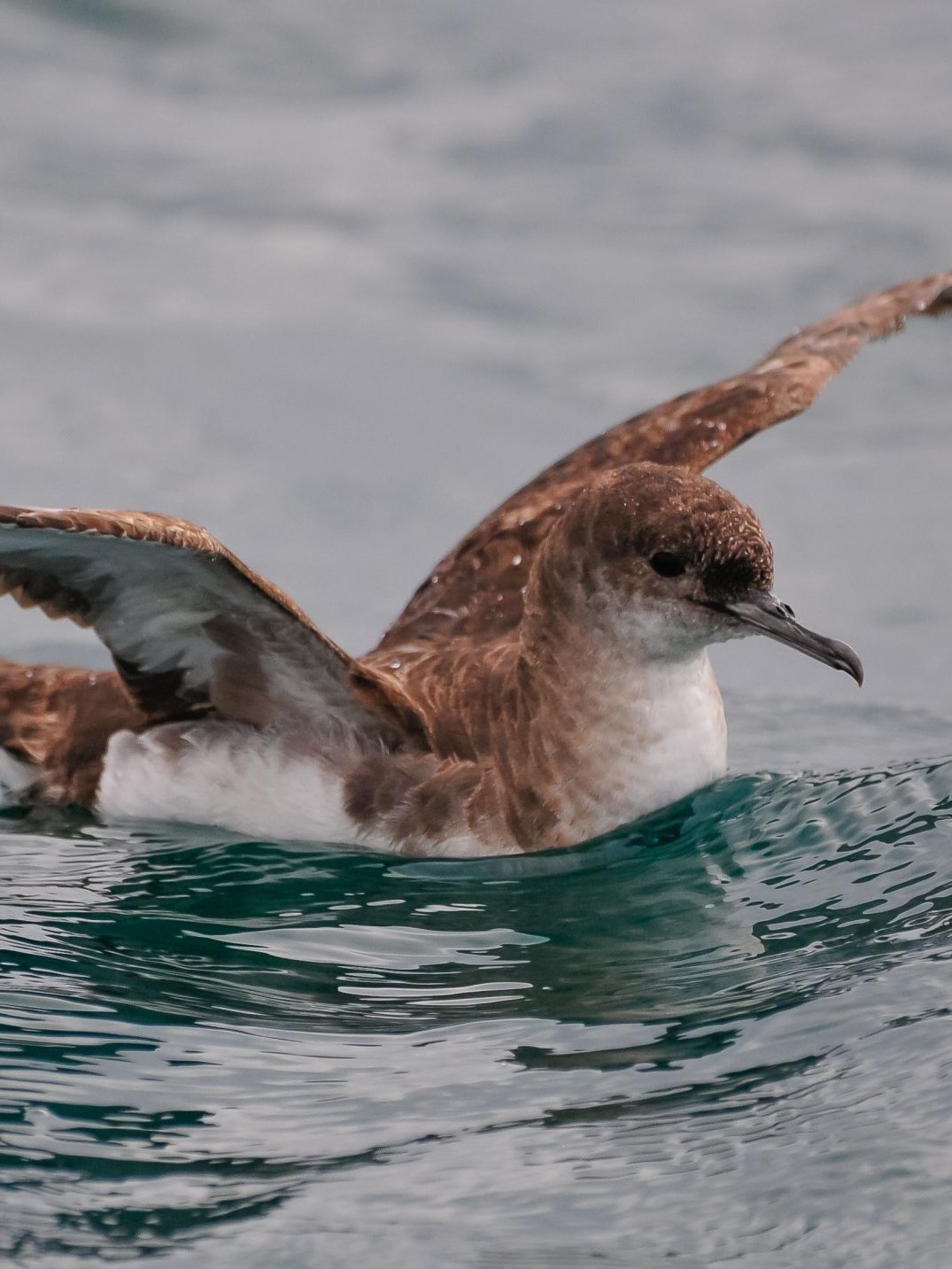To reach sustainable fishing targets, Ecosystem-Based Fisheries Management (EBFM) aims to reduce the bycatch of Protected, Endangered, and Threatened (PET) species. But how do these measures translate in reality? Do they help reduce bycatch or do they transfer the problem elsewhere?
In this report we predict how effective different spatial management measures are at reducing harmful levels of PET bycatch. To determine this, we evaluated how the redistribution of fishing activities due to spatial restrictions affects the risk of bycatch, including the influence of changing climate conditions on shifts in species distribution. Modelling these shifts can help predict where fishing pressure will overlap with the likely new homes of PET species.

The knock-on effect of spatial management measures, including Marine Protected Areas (MPAs), can act in one of several ways. If the designated MPA has been closed to fishing in one of the main areas in which PET species live, then bycatch will be reduced. Conversely, if the MPA leads to a concentration of redistributed fishing effort in other areas where there is a high number of PET species, bycatch will increase. In some cases, spatial management measures do not alter bycatch levels.
Previous SEAwise work predicting the effect of changes in ‘fishable’ areas on fish and fisheries, indicated likely changes to bycatch risk as a result of MPA implementation displacing fishing effort. Building on this report, we analysed the potential effect of spatial management measures on the bycatch risk for 18 PET species across the four case studies, including 13 cartilaginous (non-bony) fish, 4 marine mammals, and 1 seabird the endangered Balearic Shearwater.
Key results included:
With respect to marine mammals, in the Bay of Biscay gillnets were identified by our analysis as posing the highest bycatch risk, particularly for common and bottlenose dolphins. We modelled a gillnet restriction within designated MPAs with marine wildlife susceptible to bycatch risk, which led to an overall increased risk in bycatch for the common dolphin.
Elsewhere, in the Mediterranean Sea we predicted bycatch risk to the cartilaginous fish – including bull rays and longnose spurdog. We modelled banning bottom trawling and longlines from MPAs, this led to a reduction in the overall bycatch of longnose spurdog, but for bull ray banning fishing within protected areas in the Eastern Ionian Sea led to a higher risk of bycatch in the adjacent area.
In the North Sea, Bay of Biscay, and the Celtic Sea we modelled how climate influenced changes in bycatch risk for nine slow growing and sensitive species of fish. The results indicated that a combination of climate change and spatial management measures influenced bycatch risk. For all nine fish species modelled there was no significant change in the bycatch risk because of MPA implementation and its associated gear effort displacement. Redistributing effort from planned MPAs did, however, reduce gillnet bycatch for Atlantic wolffish and Atlantic halibut. In the Bay of Biscay, we modelled the restriction of demersal trawlers and gillnets from MPAs, which appeared to have little effect on the bycatch risk for the Balearic Shearwater. The ability of planned protected areas to create meaningful protection for species is likely limited by the size of the MPA coverage, with smaller areas having lower benefit for wide ranging species. The accuracy in our predictions of effort displacement is largely dependent on the scale or resolution of the data – i.e. the more data we have for the physical space being modelled, the better.
Finally in the North Sea we assessed bycatch risk for spurdog and thornback ray. We modelled the consequence of closing MPAs to bottom trawling (AKA nets that fish on or close to the seabed). The analysis suggests that spatial management led to an increase in biomass for both species, with fishing effort redistribution leading to higher productivity in the two species.
Improved modelling of changes in bycatch risk for PET species can provide better evidence on the true consequences of management measures for sensitive species and predict whether management achieves its intended goal. Current analysis points to case study- and species-specific impacts of effort redistribution. However, overall, the results suggest that in areas where there is a high degree of overlap between PET species (e.g. a high number of cetaceans and seabirds), relevant gear restrictions should be put in place on gears which pose the highest bycatch risk e.g. pelagic trawlers, netters, and longlines. In areas such as the Ionian Sea around Greece, collecting and inputting more small-scale fisheries data will help improve modelling and better predict future impacts of proposed MPA protection. The challenge for future modelling is to model at finer spatial and temporal scales to better understand trade-offs in management decisions. As part of our future work on modelling bycatch we will explore a number of different scenarios, with focus on implementing MPAs in core PET habitats – where there is a high diversity of species. Under this scenario our initial results suggest that for some PET species levels of effort redistribution – and its associated increased bycatch risk – will be lower as a result.
Read the full report here.
Stay up to date with SEAwise news and research, hear about upcoming events, and receive updates on fisheries news from across the European seascape.